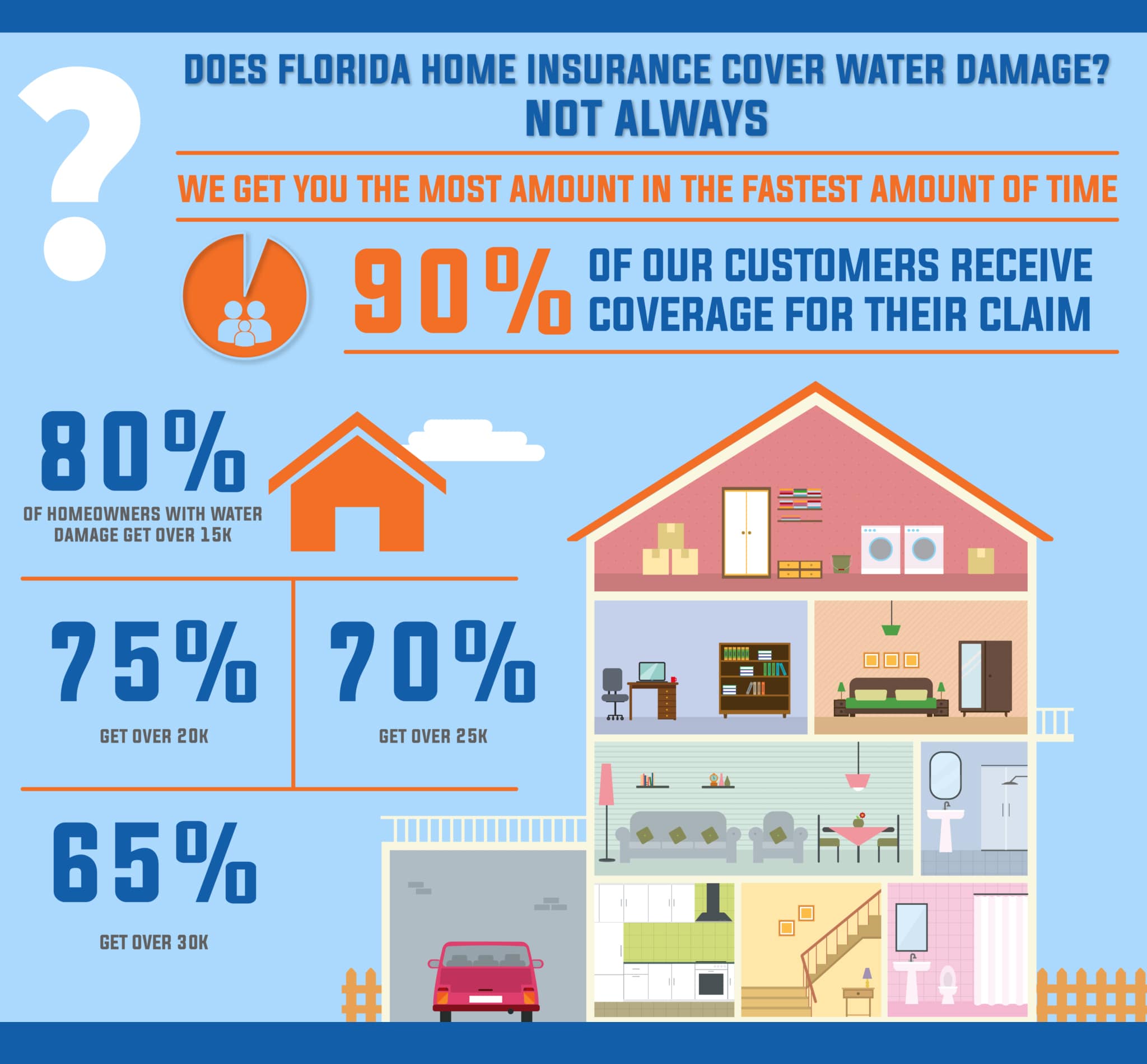Are You Thinking About Learning Just How To Efficiently Conduct Roof Examinations And Stay Clear Of Costly Repair Work?
Are You Thinking About Learning Just How To Efficiently Conduct Roof Examinations And Stay Clear Of Costly Repair Work?
Blog Article
Material Create By-Chavez Nygaard
To guarantee your roof stays in leading problem, professional tips for a detailed evaluation can make all the difference. By grasping the art of examining crucial locations and identifying common red flags, you could possibly save yourself from expensive repair work down the line. So, are you prepared to take the initial step in protecting your home and boosting your roofing system's durability?
Roofing System Assessment Preparation
Prepare for your roof inspection by gathering essential devices and security equipment. Start by guaranteeing you have a tough ladder that gets to the roof safely. Additionally, get a pair of durable work handwear covers to secure your hands from any kind of sharp sides or debris. A dependable flashlight will also can be found in helpful, particularly if you're checking the roof covering in dark lights problems.
Next, collect a caulking weapon and roof covering sealant to deal with any minor leakages or problems you might come across during the inspection. A measuring tape will assist you accurately evaluate the measurements of any issue locations. Do not neglect to bring a notepad and pen to jot down notes or sketch out diagrams if needed.
Last but not least, prioritize safety and security by using non-slip shoes to avoid crashes while climbing on the roofing. Think about utilizing a safety harness or ropes for included defense, particularly on high roofs.
Key Areas to Analyze
Examine the roofing's vital areas extensively to ensure a comprehensive evaluation of its problem. Beginning by taking a look at the shingles or roof covering material. Search for any indications of damages such as cracks, missing out on items, or crinkling edges.
Inspect the blinking around smokeshafts, vents, and skylights for any type of corrosion or spaces that can bring about leakages. Evaluate the seamless gutters for particles build-up and guarantee they're securely attached to the roofing. Pay very close attention to the roof covering valleys where water drainage is focused, as these areas are more susceptible to leaks.
Next off, examine the soffits and fascia for any signs of rot or damage, as these parts are essential for correct air flow and defense versus dampness. Evaluate the attic for any indicators of water damage, such as spots or mold and mildew development, which can show a dripping roof covering.
Lastly, examine the seals around air vent pipelines and various other roofing system penetrations to ensure they're intact and leak-proof. By extensively taking https://roofingcostcalculator17384.blog-a-story.com/12340417/get-the-within-scoop-on-why-selecting-a-regional-roofer-can-be-a-game-changer-for-your-following-roofing-job at these key locations, you can determine any type of potential concerns and resolve them immediately to maintain the honesty of your roofing system.
Common Roofing Warning
Keep an eye out for common roofing warnings that might suggest prospective problems with your roof's problem. Missing or harmed tiles are a clear indicator that your roofing system may be compromised. Look for curling, buckling, or blistering shingles as well, as these can point to weathering or poor setup.
Water spots on your ceiling or wall surfaces are a red flag for a leaky roof covering that needs immediate interest. Check for indicators of moss or algae development, as these can show trapped dampness, which may lead to rot. If https://www.bobvila.com/articles/best-roof-sealant/ notice granules from asphalt tiles in your rain gutters, it might suggest your roof covering is nearing the end of its life-span.
Drooping areas on your roofing system suggest structural damage and needs to be resolved quickly. Finally, daytime coming through the roof covering boards in your attic room signals a need for roof covering repairs. Watching out for these typical red flags can help you catch roof problems early and stop pricey damage.
Conclusion
In conclusion, performing regular roof covering inspections is important for determining and dealing with concerns prior to they rise. By using the right devices and safety and security equipment, concentrating on key areas, and watching for usual warnings, you can make sure the longevity and stability of your roof.
Remember, early detection and timely repair work can conserve you money and time in the future. Keep proactive and keep your roofing system in leading problem.
